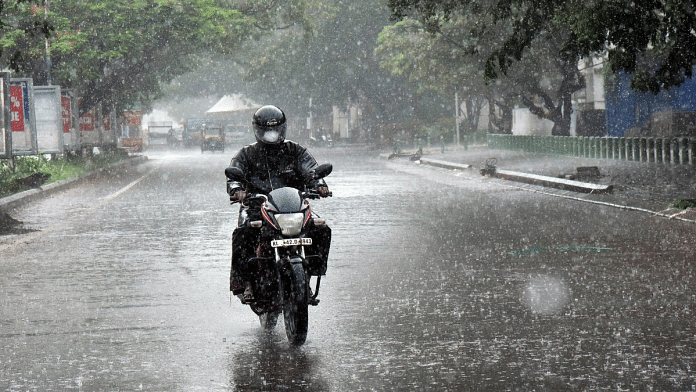New Delhi: The southwest monsoon has hit the coast of Kerala and advanced into parts of northeast India from Thursday, the Indian Meteorological Department said on Thursday.
This year’s monsoon is two days earlier as the usual date of the onset is on 1 June. This year, Kerala also experienced widespread pre-monsoon rains.
In 2023, rainfall over the country as a whole during monsoon season (June-September), was 94 percent of its long-period average.
These rains are crucial to the Indian agriculture economy, especially for kharif crops. India has three cropping seasons — summer, kharif and rabi.
Crops that are sown during October and November and the produce harvested from January, depending on maturity, are Rabi. Crops sown during June-July are dependent on monsoon rains and harvested in October-November. This is kharif. Crops produced between rabi and kharif are summer crops.
Traditionally, kharif crops are heavily dependent on the normal progression of monsoon. Paddy, moong, bajra, maize, groundnut, soya bean, and cotton are some of the major kharif crops.
Earlier this year, IMD in its first long-range forecast, had said the southwest monsoon (June-September) was expected to be above normal (106 percent of the long-period average).
Skymet, a private forecaster, also predicted a normal monsoon this year. India receives over 70 percent of its overall rainfall during this southwest monsoon period.
Thus, the timely and proper occurrence of monsoon rainfall holds prominence for the economy, given the livelihood of nearly 45 percent of India’s population depend on agriculture.
The IMD has released its first-stage forecast for southwest monsoon in April every year since 2003. The first-stage forecast is important for farmers, policymakers, and investors, who make use of this information to undertake necessary action for the forthcoming kharif season.
This report is auto-generated from ANI news service. ThePrint holds no responsibility for its content.






